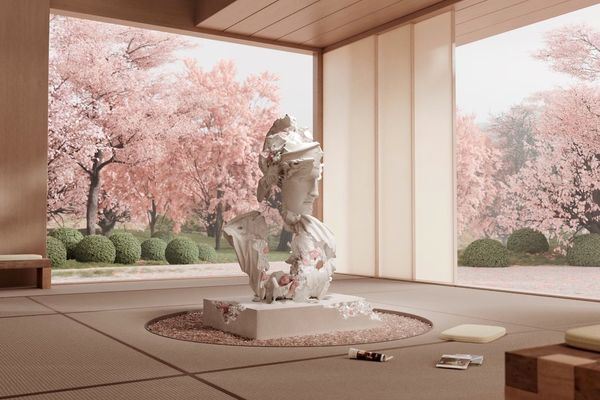The architect Zsófia Csomay is an emblematic figure at MOME, and is now almost a byword—not only at the university but also in the Hungarian architectural profession—even if she feels this is an exaggeration. She turned 80 last year, but to this day she still rides her bike to the Zugliget campus, sings in the university choir, and continues to actively design, currently working on three architectural projects. On a Monday morning, we visited her in her first district apartment. We asked her about what the Moholy-Nagy Award means to her, who she considers her masters, what she thinks about the situation of young architects, and whether she ever takes a break.
We are in Kapucinus Street under the Castle, from where there is an entrance to the CET Budapest architect’s office and the apartment of Zsófia Csomay’s family: the entrance hall is down here, but the actual living space is one floor up—with bricks everywhere. The living-dining room is spacious and warm despite the gloomy weather. Zsófi apologizes for the mess: on the coffee table are the red and blue toy blocks the grandchildren used the day before to build a house. Seeing the building blocks immediately brings to mind a set of toys, called Schiffbauspiel, designed by one of the emblematic figures of the Bauhaus, the German Alma Siedhoff-Buscher. There is something we all think but don’t say out loud: even in this small, completely insignificant object, there is something of the Bauhaus, and with it the spirit of László Moholy-Nagy—as in the entire oeuvre or rather in the values, professional and individual creed of the Csomay-Reimholz couple, there is something infinitely human.
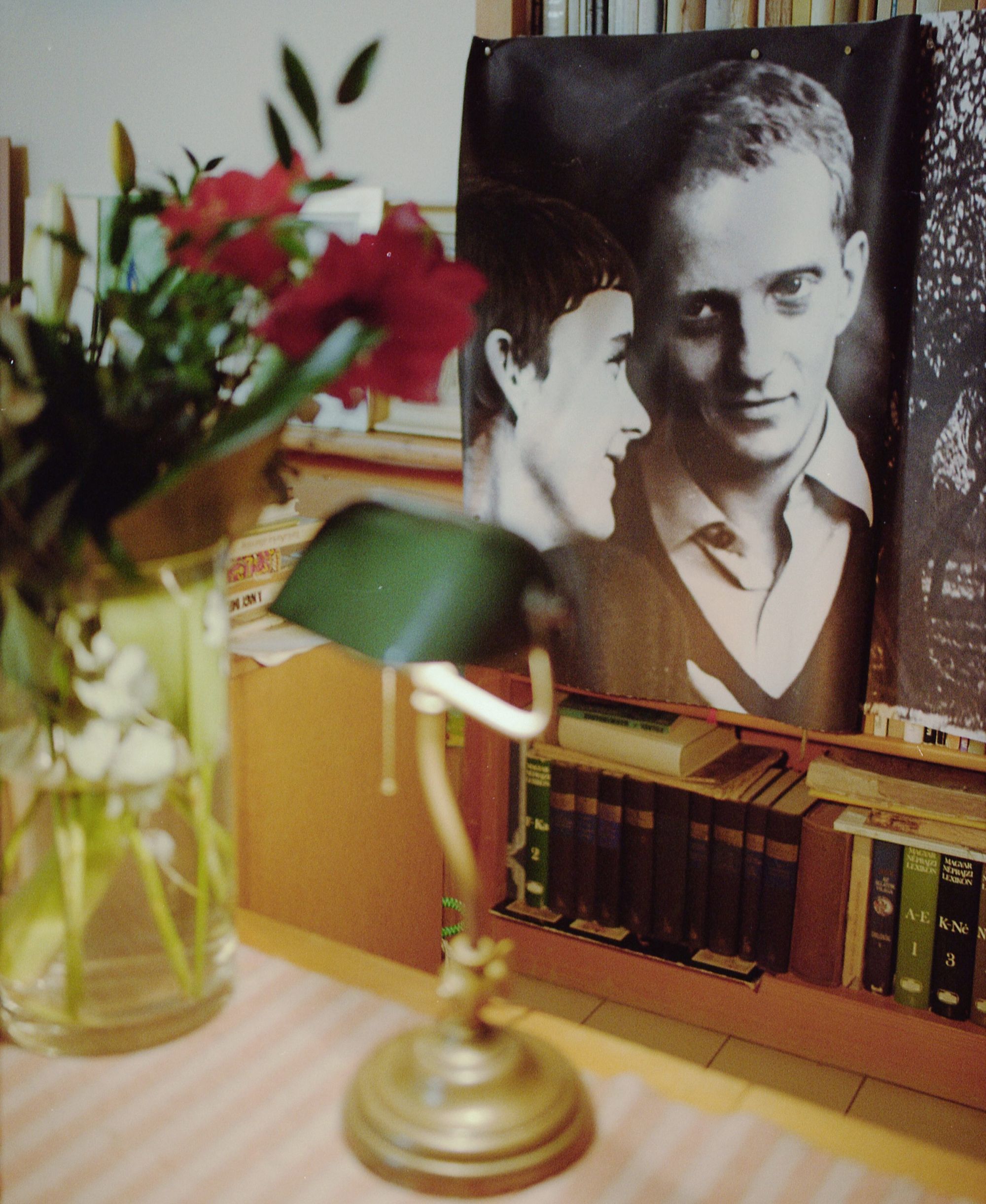

The Moholy-Nagy Award, which she received a few days ago, has found its best place on the windowsill, and taking a closer look reveals that the award, designed by Krisztián Ádám, is made of glass, and as simple as it is elegant and ingenious. Meanwhile, biscuits and tea are being served, and the finches arrive in their courtyard ”pool”, and we ask Zsófi first what this award means to her.
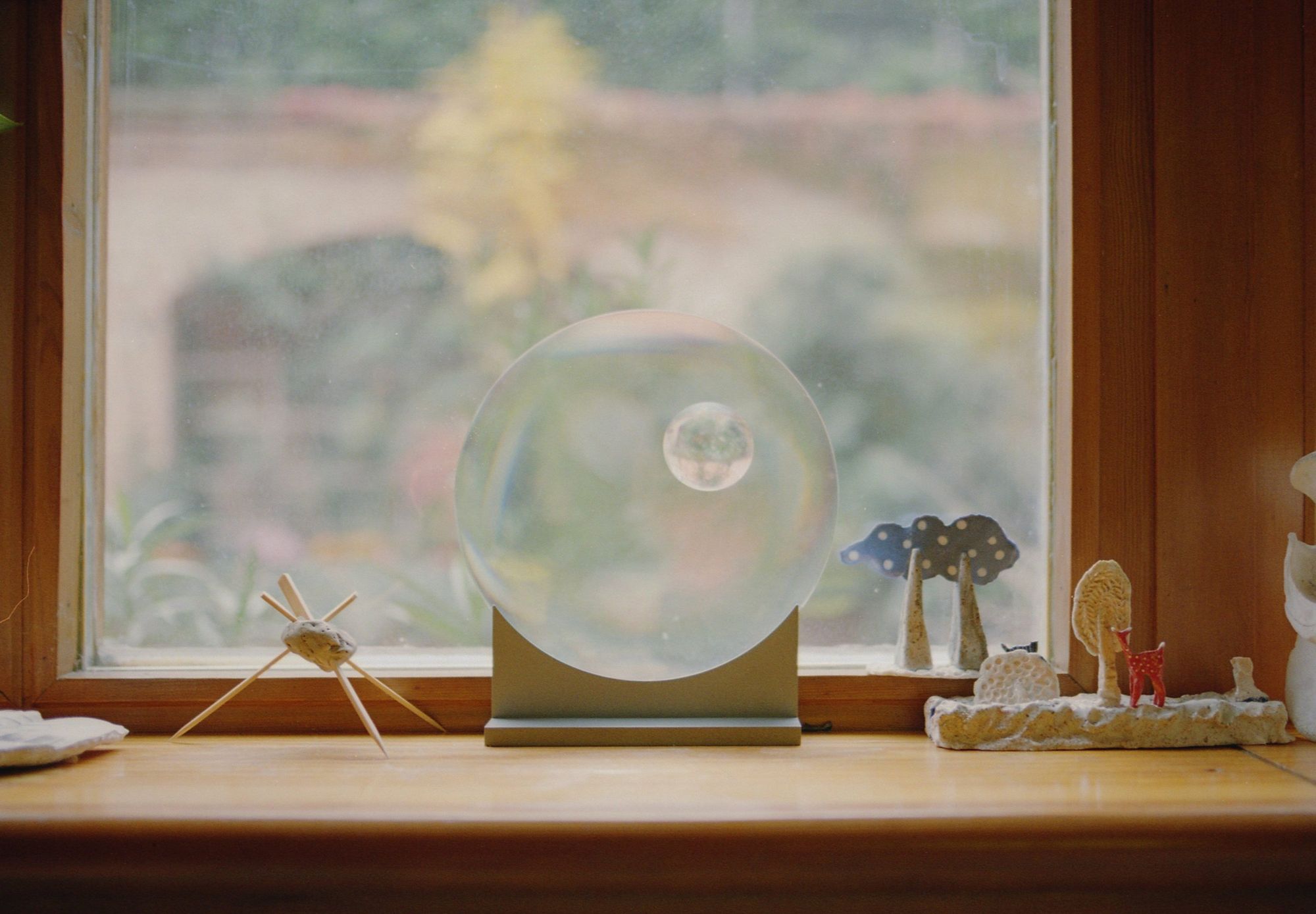
”I think I have way more awards than I should,” she begins with deadly seriousness. ”But this one is on a completely different shelf from all the others. It means much more to me emotionally because all the others were given by all sorts of committees, by strange people, usually on merit.” The Moholy-Nagy Award is more personal, as she received it from her alma mater, where she graduated in 1967 together with her later husband, Péter Reimholz (Péter Reimholz, architect, husband of Zsófia Csomay, died in 2009, was awarded the Moholy-Nagy Prize posthumously—the Ed.).
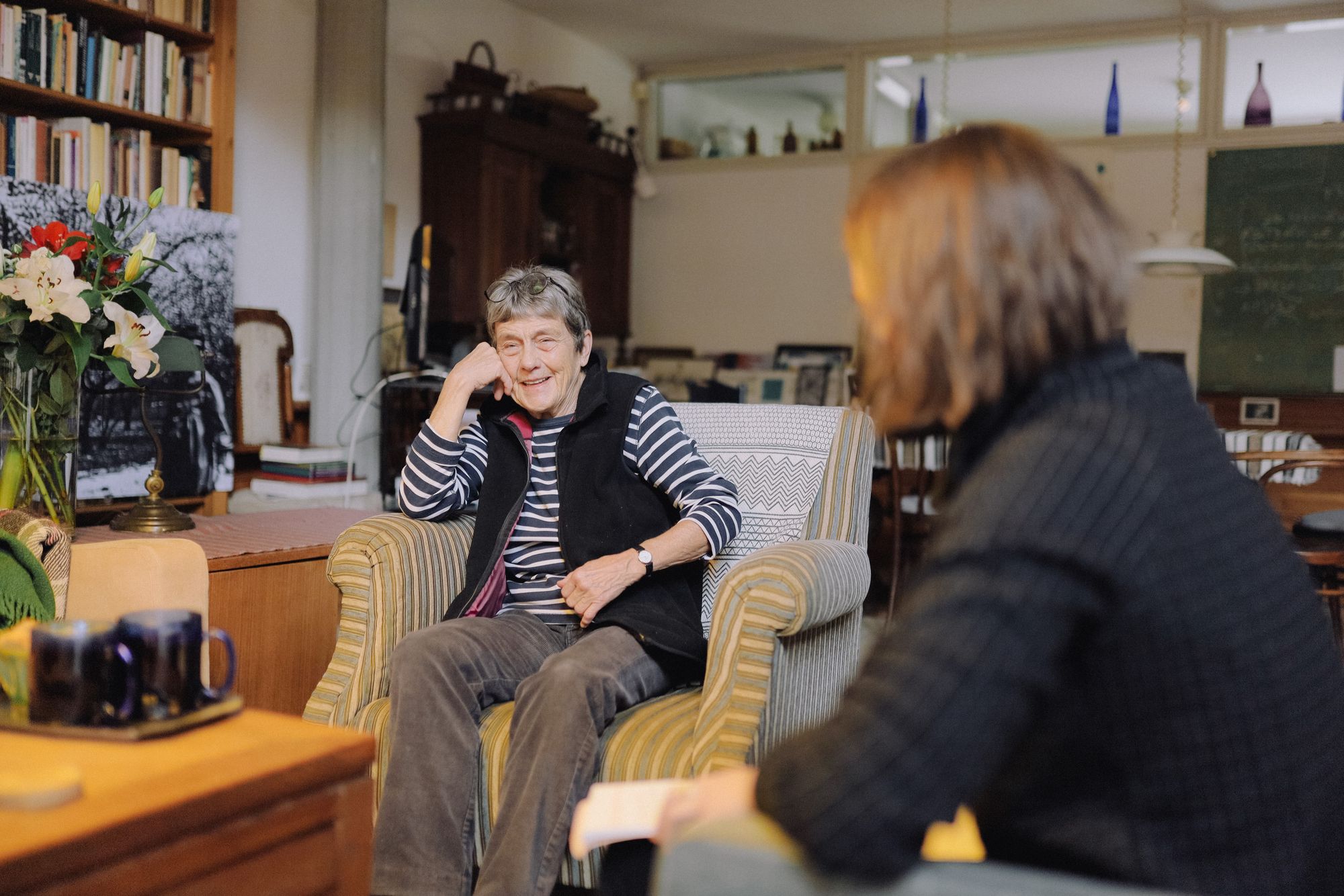
Zsófi has been teaching at the university for thirty-six years and currently co-teaches with Balázs Marián. “Last year I thought about quitting teaching, but Balázs kindly persuaded me to stay. The first-year students of last year’s master’s course worked with Habitat for Humanity Hungary, building social housing. It looks like some of this work will actually be realized next summer. This is amazing. It would be very important to get this implemented and make the problem visible. I would love to see this through, and be happy for it.”
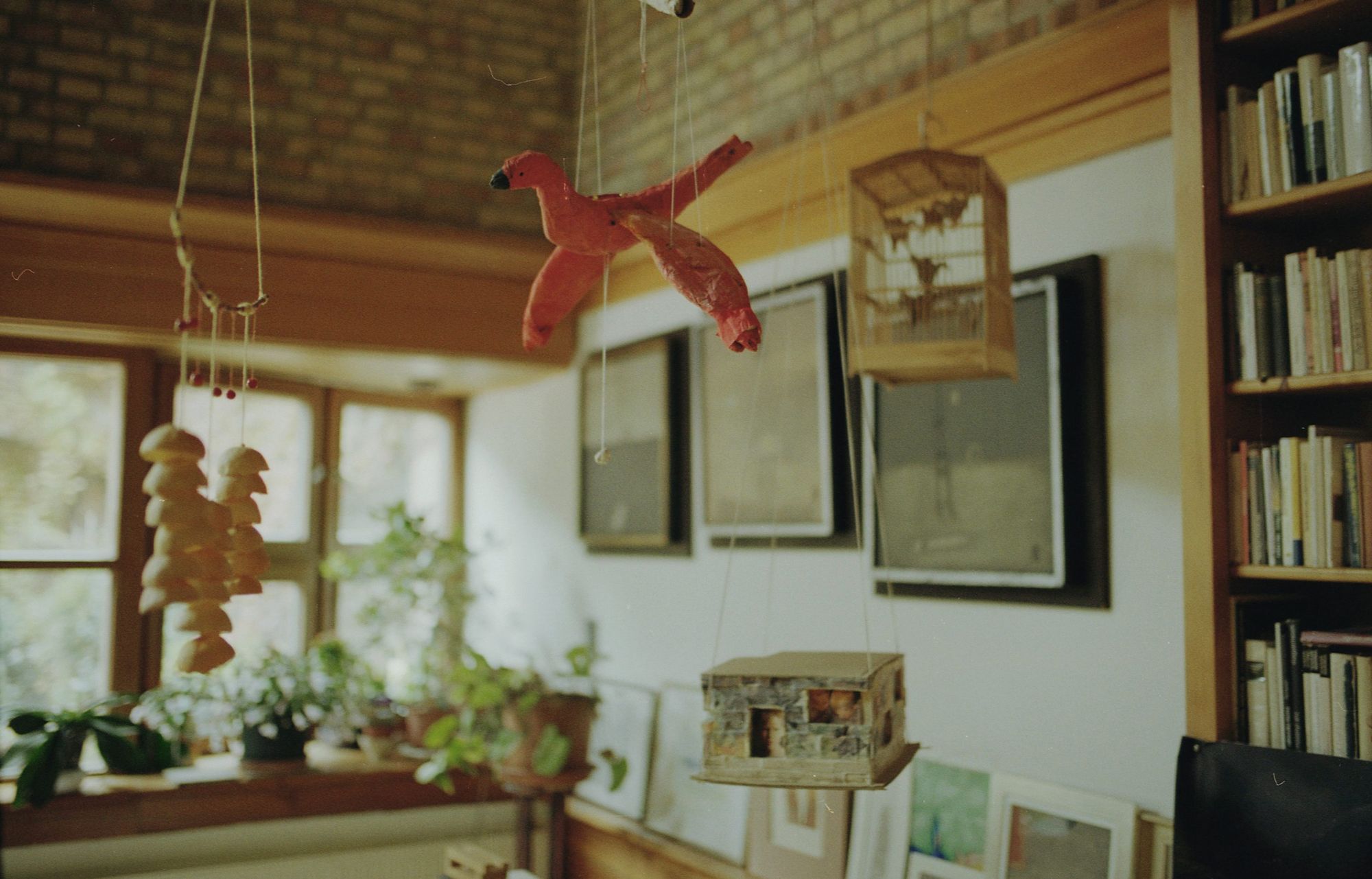

When asked about her masters, the first person she mentions is György Jánossy, who taught her during her university years. ”I think he was 50% of the reason I chose this career. I went to high school in Veszprém and originally I wanted to be a chemical engineer. Since my father was an architect and my grandfather a master builder, it was a world that felt like home to me. I had an amazingly cool history teacher who ran an art history course: he took us around the city and taught us about classical architecture.” She later won an art history competition and would have been accepted to ELTE, but because of her X origin she was not allowed to continue her studies, only after the abolition of discrimination against ”class-aliens” opened the way for her, but now at the College of Applied Arts. Besides Jánossy, she also learned a great deal from his architect teachers, György Szrogh and Károly Jurcsik.
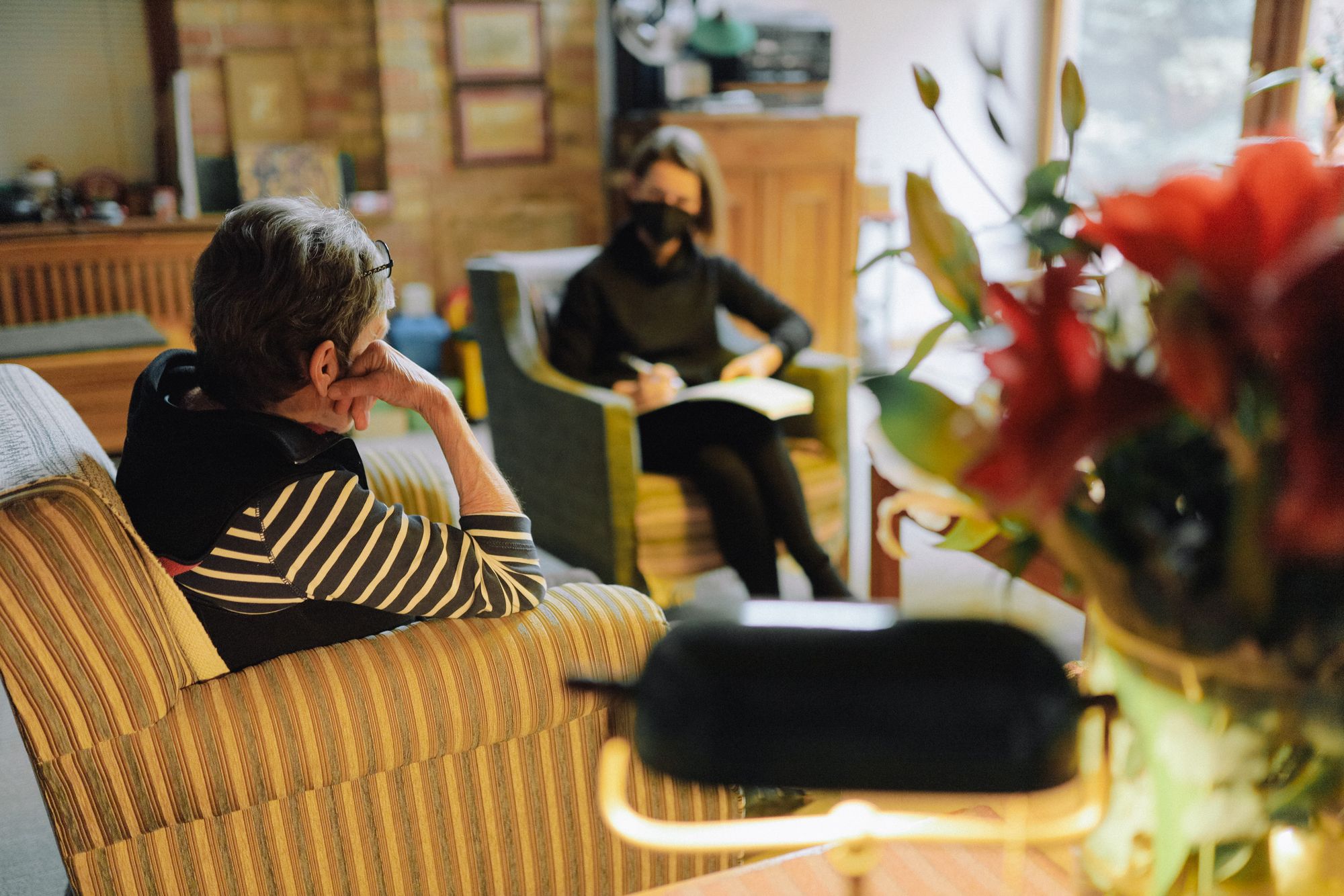
She also remembers her grandfather fondly, and shows us a drawing she made of him in 1960. ”My grandfather was a fantastic, cool, innovative man; he was the master builder of István Medgyaszay’s theatre in Veszprém. After he learned how to pour Art Nouveau decorations out of concrete, he started making fences, mainly for the MÁV (Hungarian State Railways). The country is full of these fences. But the tower of the Evangelical Church in Veszprém was also made by my grandfather, in reinforced concrete, in 1910.” Zsófi herself also took part in the ”building work” of the church: around ten years ago she received a phone call from the priest who served there, saying that the interior could do with some remodeling. ”I went downstairs: it looked awful. There was yellow-stained paneling everywhere, like in pubs. I drew up a plan (I made it as a gift), gave it to the priest, ten years went by, and two years ago he called me saying they are ready to start the renovation. I finished the design plans, and went there often to supervise the work. Three weeks ago the church was completed. I was very, very happy. It was as uplifting for my soul as this Moholy Award.”
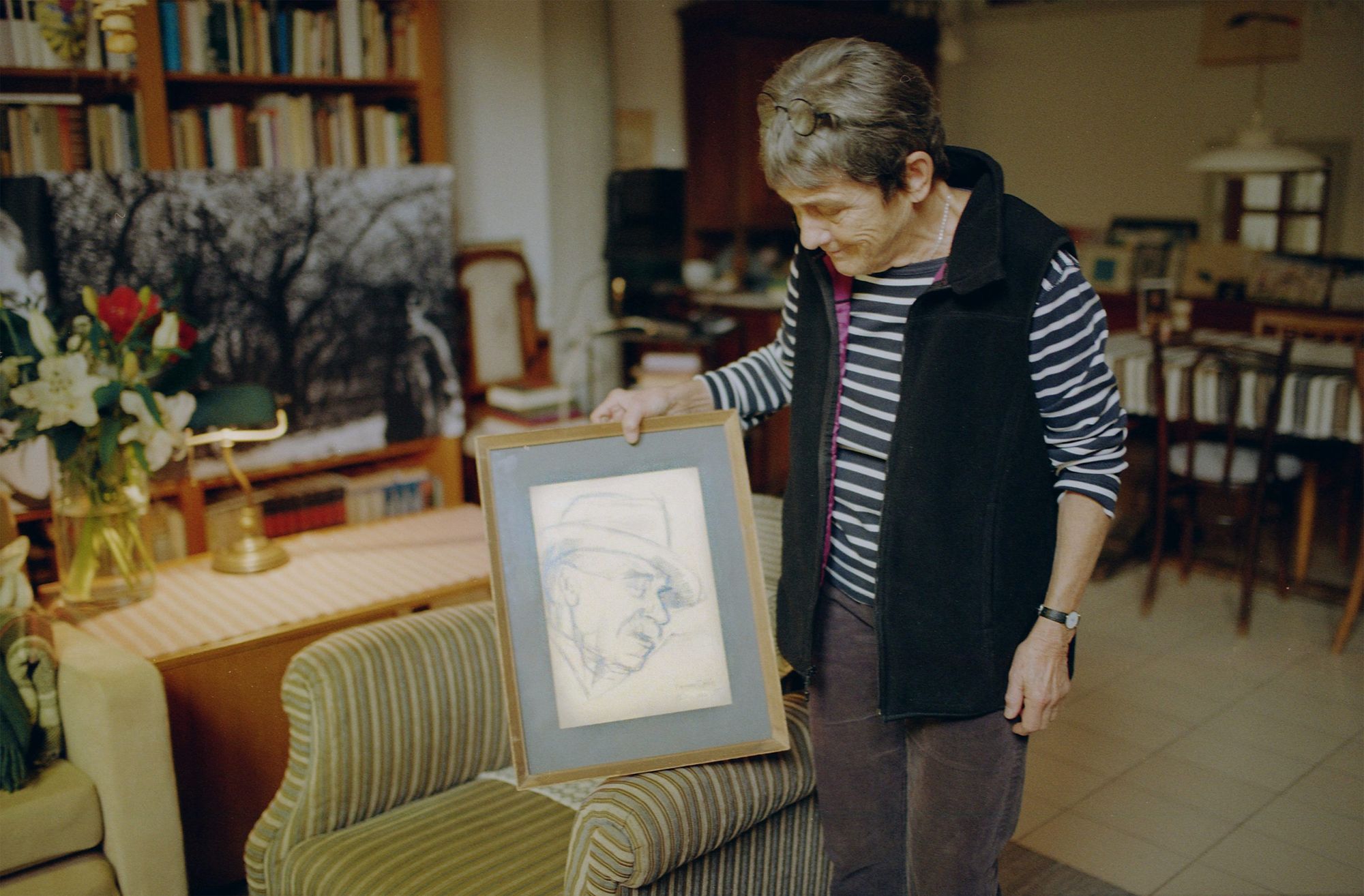
And how she feels about the situation of the current generation of young architects?
”Apart from wearing different clothes and using different slang, the students haven’t changed much. Yet their professional attitude is different: on the one hand, these kids really do use the world as if it were their own. They don’t get their information from magazines; they experience things for themselves that were completely impossible in our time. They feel much more authentic in their existence and in their activities. At the same time, the most terrible thing is that there is a huge gap between their rightful sense of self-importance at school and then their situation in reality. In the days of socialism, when design companies still existed, after graduating, getting a job was a dead cert, and if you were hard-working and not completely clumsy, you could have real achievements. My husband, for example, was just over thirty when he was awarded the Ybl Prize. Today, a young architect like that is lucky to get into an architecture firm, where he either becomes a consultant because he is very talented and is exploited to no end, or he sits and does things that have nothing to do with what we are trying to teach.

If we come up with a project for the students that they are emotionally involved in—focusing on children with disabilities, designing social housing, dealing with homeless people—it always turns into something really cool. We didn’t have that in our time: it was still about what the building looked like, what materials it was made of—architectural nomenclatures were the main thing. Today, there are no constraints, there is no expected style, but there is a wide choice of materials, so there is a kind of positive sense of ease in the students. And the exploration and adaptation of a changed way of life into spaces is also an important aspect.” She adds, of course, that this kind of freedom has its downsides.
And when it comes to sustainable architecture, Zsófi presents a different aspect.
”Materials, layering, insulation are very important, but there is something more important: what do we build, how many new buildings, and are we sure we need them? If we build unnecessary, it’s as much of a waste as if we demolish unnecessarily. I am convinced that 90% of the office buildings we are building now are not necessary at all. On the one hand, because the city is full of unused buildings that are in need of renovation and that would be more than adequate for this function. On the other hand, Covid has now shown most clearly that this huge amount of new space is completely unnecessary. What is needed instead is good quality rental housing.”
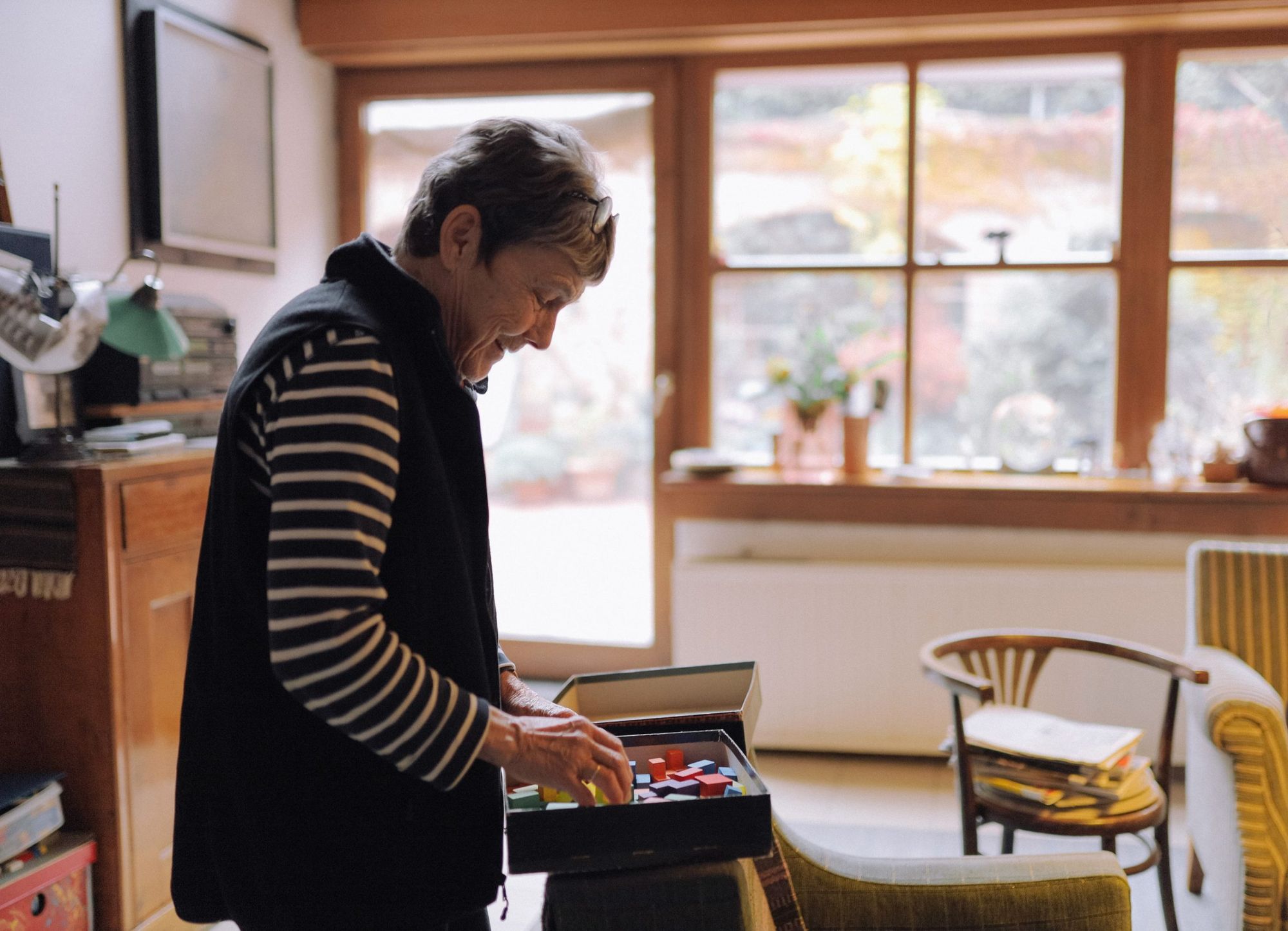
With eleven grandchildren and three great-grandchildren, there’s always work to do, and of course the household also needs to be kept in order. When we ask her how she switches off, if she ever takes a break, she quickly replies, ”With music. That’s the only way I can truly relax.” Exercise is important to her: she does regular physiotherapy and often goes Nordic walking with friends up the mountain. But her biggest regret is that she can’t read. ”I always thought I would read so many novels when I get old, but I don’t have the patience. I miss the really good, long reads.” But every now and then, a book of fiction, such as one from Adam Bodor or, more recently, Lyudmila Ulickaya, engages her. She doesn’t consider herself envious, but, as she puts, the only people she envies are contralto singers and cellists.
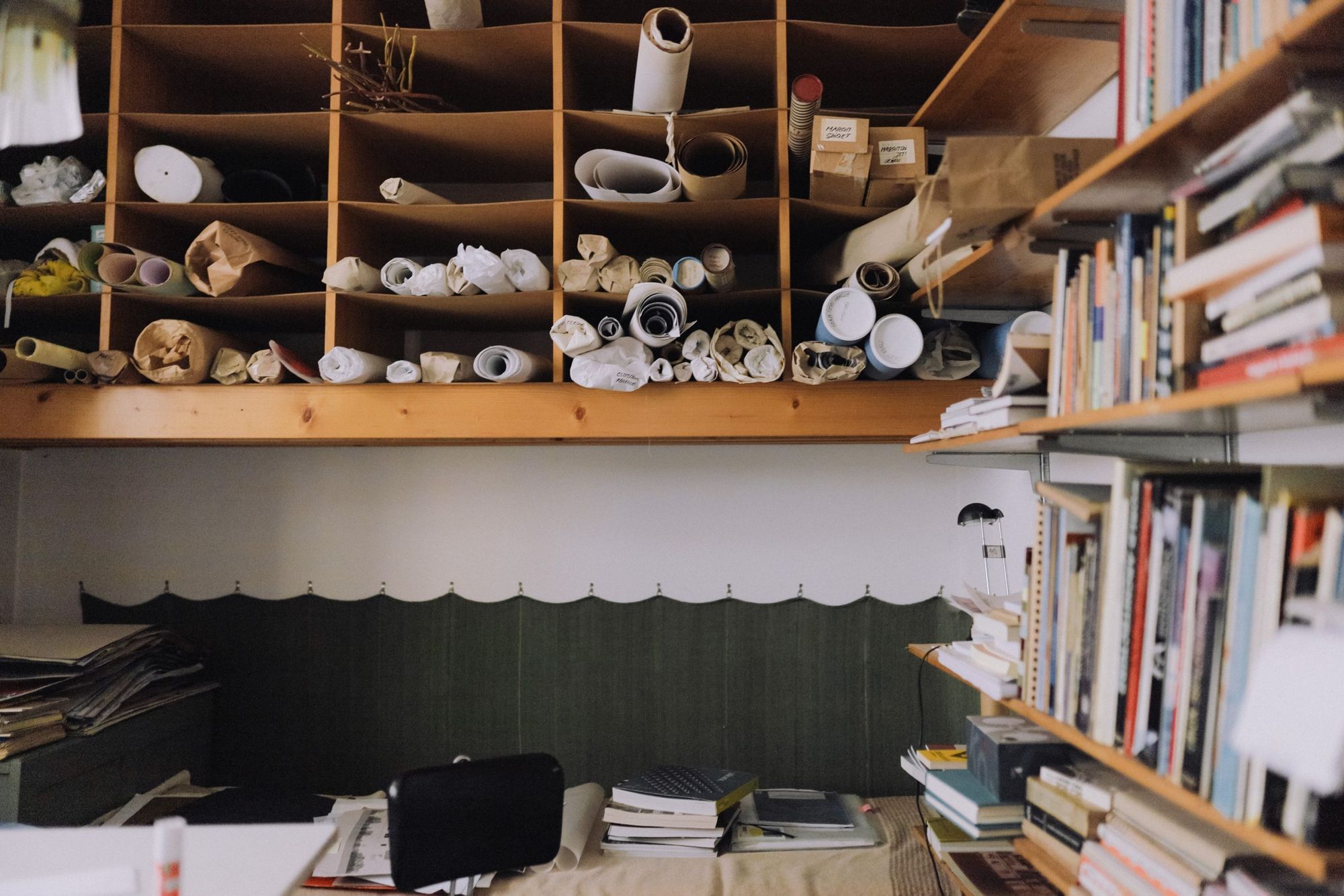
Photos by Dániel Gaál

The Ukrainian Laskarda shoe brand got a brown-green identity | Dmytro Khrunevych

Like a local #1—Bake my Day, Alaplé Bár, Cho Coco
